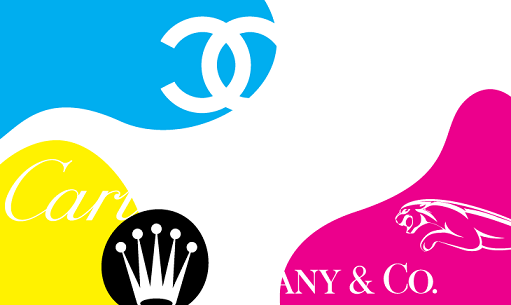 The luxury industry dropped one spot from 2018, ranking 14th out of 15 industries studied in MBLM’s Brand Intimacy 2019 Study, which is the largest study of brands based on emotion.
The luxury industry dropped one spot from 2018, ranking 14th out of 15 industries studied in MBLM’s Brand Intimacy 2019 Study, which is the largest study of brands based on emotion.
Brand Intimacy is defined as the emotional science that measures the bonds we form with the brands we use and love. Rolex topped the industry followed by Cartier and Tiffany & Co. The remaining brands in the top 10 for the industry were: Chanel, Jaguar, Louis Vuitton, Gucci, Prada, Land Rover and Burberry.
In 2018, Rolex accounted for 22.2 percent of watch sales worldwide, and its retail sales were estimated to be $11.6 billion[1]. This corresponds to MBLM’s Brand Intimacy 2019 Study findings, which revealed that top intimate brands in the U.S. significantly outperformed the top brands in the Fortune 500 and S&P indices in both revenue and profit over the past 10 years.
“Luxury fell in our 2019 rankings, which continues to be a surprising finding because of the prestige and value of these time-honored brands,” stated Mario Natarelli, managing partner, MBLM. “We believe that the brands in this industry will strongly benefit from shifting their focus and appealing to consumers’ emotions more.”
Additional significant luxury findings in MBLM’s study include:
Luxury had an average Brand Intimacy Quotient of 18.7, which was well below the cross-industry average of 31.0
Indulgence, which is related to moments of pampering and gratification, was the most prominent archetype in the category, and Tiffany & Co. was the top-performing luxury brand for indulgence
Rolex ranked #1 among men, users over 35, and those with incomes of $100,000 or more
Chanel was the top brand among women, and millennials favored Gucci
Tiffany & Co. was the #1 brand for users with incomes under $100,000
Chanel and Tiffany & Co. improved their positions in the industry since last year, while Land Rover and Hermès fell in the rankings
The industry was among the bottom third of the 15 industries studied in terms of its ability to build emotional connections
Eight percent of the industry’s customers were in one of the three stage of intimacy: sharing, bonding and fusing
In addition to the industry findings, MBLM also released an article entitled, “Luxury brands: High costs, Low connections.” The piece examines the dichotomy between the esteem and quality of these iconic brands and their poor performance in the study. One viewpoint is that luxury brands are unique, and they defy traditional marketing tactics, instead contradicting conventional approaches. Another perspective may be related to the economy and a more frugal cultural orientation and appeal of brands that are more affordable. However, while the number of intimate luxury users appears to be decreasing, those that are intimate appear to be using their brands more frequently, seeing them as important parts of their life, and willing to pay more for them. Additionally, millennials and Gen Z have changing perspectives and values. In order to compete in a shrinking market, brands will need to think about the emotional connections they are forming as much as the products and places they will align with their brand or offerings. To succeed in the future, luxury brands will need to move beyond the rarified or the sensual, and begin to mine the deeper consumer bonds that endure in order to truly resonate.


